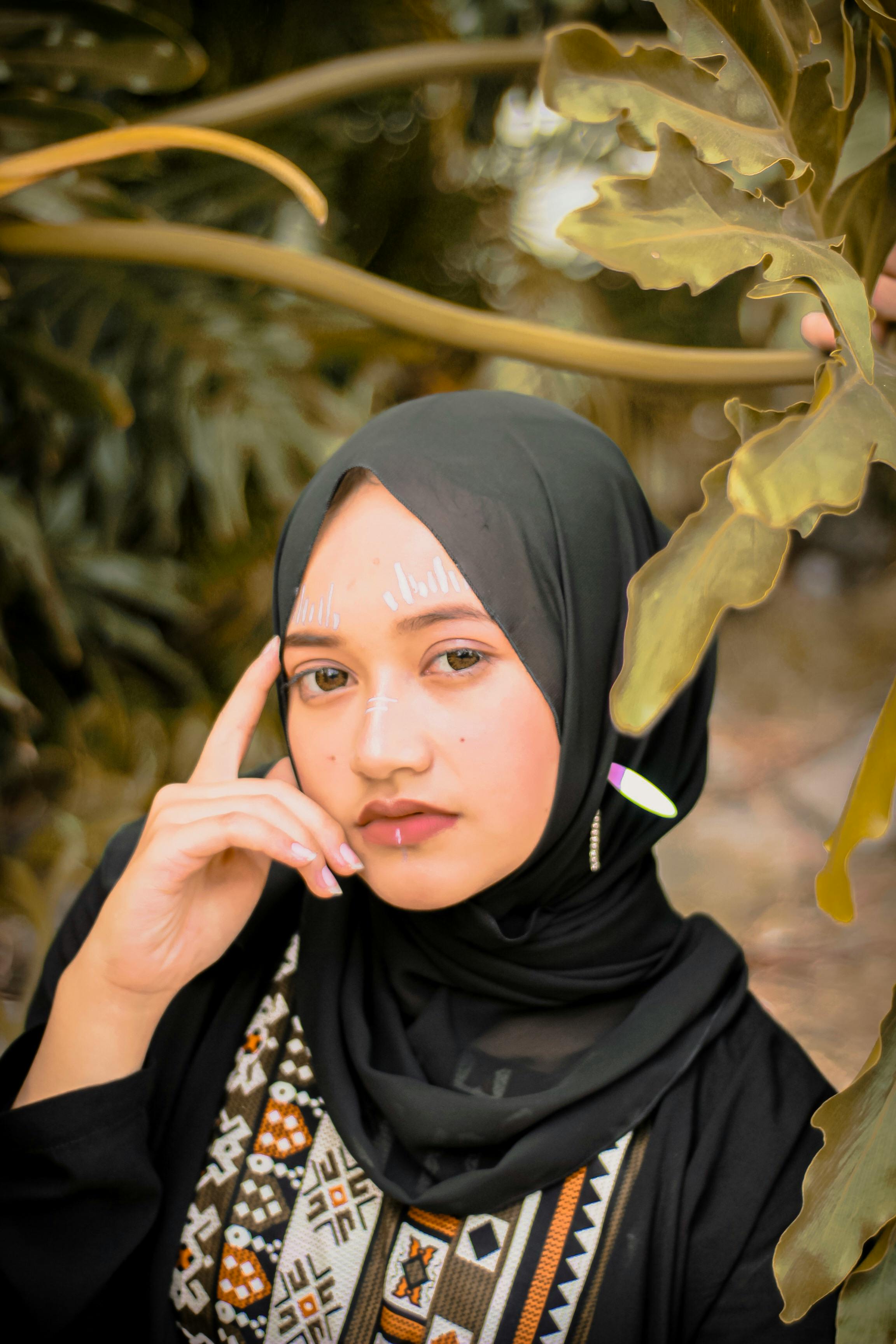Among Oriental cultures, kissing is a type of manifestation that may or may not become culturally authorized. Some nationalities frown following public shows of passion, while others tend not to even let kissing in public.
Kissing is a form of expression which can be a way to express joy or show companionship and like. It is also a sign of romance and devotion. However , the cultural morals about kissing vary from country to country and are frequently not very easily shared.
In some Parts of asia, kissing is an important part of cultural life. In Thailand, it is actually called ‘hawm-gaem’ and it is a symbol of warmth, appreciation or gratitude. It is done by striking one’s nose against another person’s quarter, with their lip area enclosed tightly inwards. Additionally, it is considered a kind of checkup, since it helps to identify whether they’ve family and friends are clean or perhaps not.
Chinese traditions has its own different kissing customs. People sometimes cheek hug when handmade each date in asia other, nonetheless they don’t generally use it to become a type of intimacy. In addition they do not teach you who is an effective kisser.

The handshake is another popular way to greet somebody in Cina. It is considered a kind of intimacy and provider, but it will not suggest self-confidence like the kiss.
Despite the fact that it is usually used to welcome other people, a Chinese kiss should be maintained secret during greetings. This is because the kiss is usually believed to be a sign of closeness, and it is regarded as being rude to expose this.
In India, kissing is a common practice which has been around for thousands of years. It can be seen in sculptures and it is thought to contain originated from the ancient custom made of’sharing’ breath.
Smell/kiss colexification can be described as cross- linguistically rare affiliation of verbs of smelling and verbs that share conventionalised gestures of greetings and/or emotion (i. at the., kissing). While this association is definitely not discovered consistently in every languages, it is present through the full spread around of Southeast Asian tourists.
The gravity centre for smell/kiss collexification is in the Mon-Khmer subset of Austroasiastic, the oldest retrievable language category of the Southeast Asian Mainland, but it erratically entered languages of the Sino-Tibetan, Tai-Kadai and Hmong-Mien people as their presenters dispersed southwards in to Southeast Asia. It is not very clear why this association occurred, but it might have been a result of the emergence of the in-situ social practice of smell-kissing in the Austroasiatic peoples, or the shift to Landmass Asia of speakers of earlier Austronesian language family members.
Seen smell/kiss collexification in the Malayo-Polynesian languages of Insular Southeast Asia is also a relict feature, suggesting an old areal connection between these languages and those of the Mainland. The a shortage of this feature in ‘languages’ of the adjoining region advises a more complex historic scenario, which will requires even more investigation.